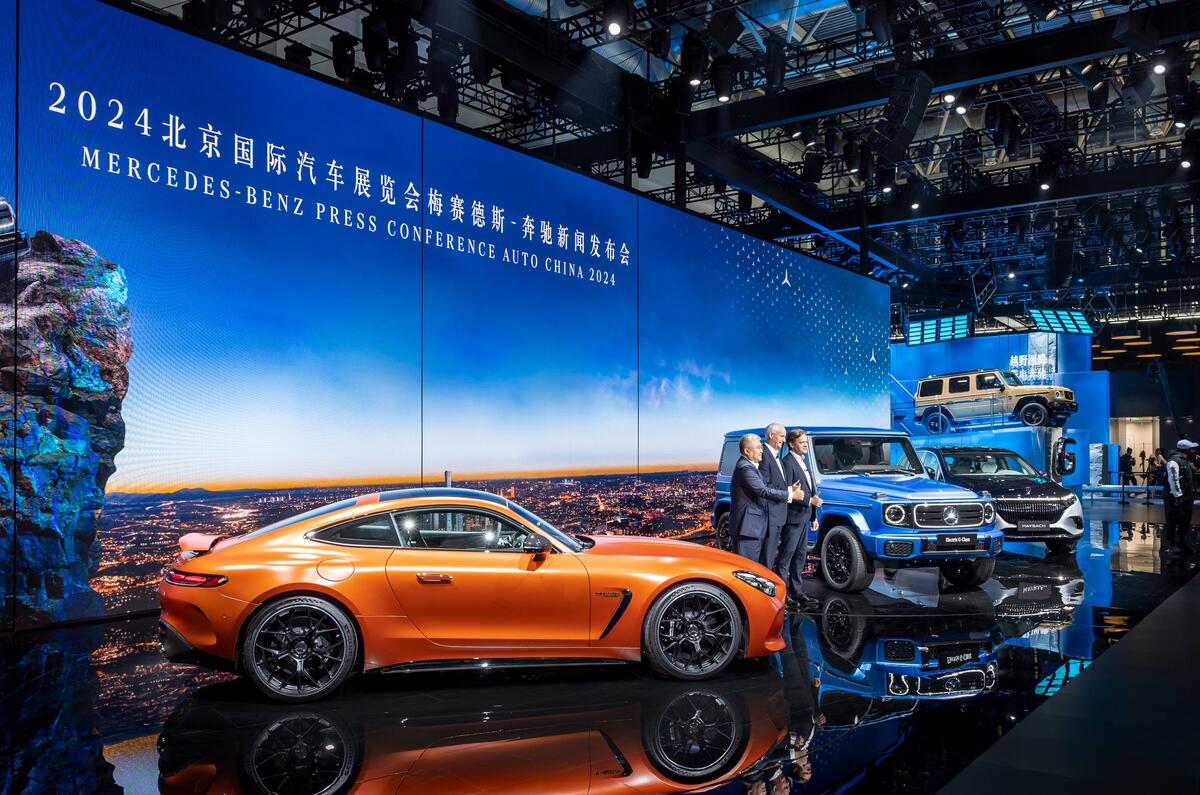The sharp decline in fortunes hitting global volume car brands in China is starting to be repeated among premium brands, including Audi, BMW, Jaguar, Land Rover, Mercedes-Benz and Porsche.
Premiums brands typically derive a much greater share of their overall sales from the world’s largest market than than volume players do – more than a third of them in the case of Audi.




Add your comment